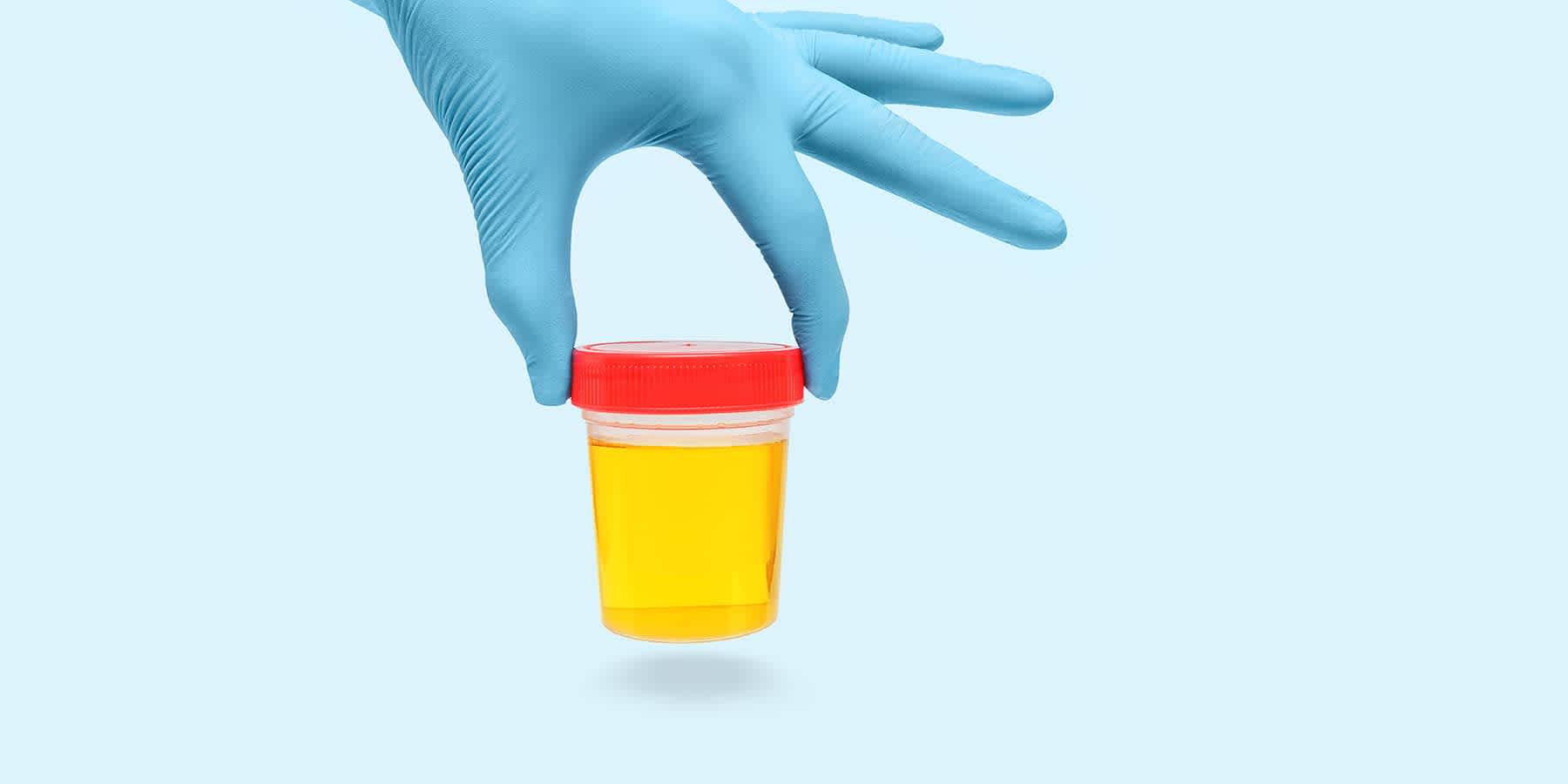
Chlamydia vs. UTI: What's the Difference?
Medically reviewed by Rosanna Sutherby, PharmD on January 21, 2021. Last updated June 2023. To give you technically accurate, evidence-based information, content published on the Everlywell blog is reviewed by credentialed professionals with expertise in medical and bioscience fields.
Table of contents
- What Is Chlamydia?
- What Is a UTI?
- Differentiating Between Chlamydia vs. UTIs
- How to Know if You Have Chlamydia
- Related Content
Urinary tract infections and sexually transmitted infections like chlamydia share some similarities in terms of symptoms, but knowing the difference between the two can help you take the right steps if you are experiencing symptoms. Keep reading to learn more about chlamydia vs. UTIs below (and consider taking the at-home chlamydia test to check for chlamydia infection).
What Is Chlamydia?
Chlamydia is a sexually transmitted infection (STI) caused by the bacterium Chlamydia trachomatis. It can easily travel through sexual fluids, including semen, pre-ejaculate, and vaginal fluids—and it can infect any part of the genitals, anus, throat, and even the eyes.
Although the infection can be easily treated with a round of antibiotics, the chlamydia bacteria often do not present any symptoms—but the infection can result in significant health problems if left untreated. [1] Also note that chlamydia can come back after treatment if you become infected again.
Some common symptoms that you may notice include [2]:
- Pain when urinating or having sex
- Genital discharge
- Testicular pain in people assigned male at birth
- Bleeding between periods or after sex in people assigned female at birth
If you are experiencing symptoms like these, consider taking an at-home chlamydia test to check for infection.
It’s important that you do not let a chlamydia infection go untreated or you may risk further, more serious health complications. For example, the long-term effects of chlamydia may include serious issues within the reproductive system that can contribute to infertility in people assigned female at birth. [1]
Related: How Long Does a Chlamydia Test Take?
What Is a UTI?
A urinary tract infection, or UTI, refers to a bacterial infection in any part of your urinary system, including the urethra, bladder, ureters, and kidneys. [3] Most UTIs affect the lower urinary tract, comprising the urethra and bladder. UTIs can become more severe as they reach the kidneys.
Symptoms of a urinary tract infection include [3]:
- A frequent, persistent urge to urinate
- Burning sensation or pain when urinating
- Frequently passing small amounts of urine
- Urine appearing cloudy, red, bright pink, or cola-colored (often a sign of blood in the urine)
- Urine that has a strong smell
- Pelvic pain
Differentiating Between Chlamydia vs. UTIs
The Symptoms
One of the most prominent aspects about chlamydia and UTIs share is their urinary symptoms. Both a chlamydial infection and urinary tract infections can contribute to pain or burning when urinating, along with frequent or otherwise painful urination. Urinary tract infections and chlamydia can also cause pain in the lower abdomen or pelvic region. [4, 5]
The Causes
Although chlamydia and urinary tract infections are caused by bacteria, the specific bacteria that cause the two infections are different. Chlamydia is caused by Chlamydia trachomatis, while UTIs are caused by bacteria found in the gastrointestinal tract (usually E. coli).
Furthermore, the methods of transmission are distinct, though share some similarities. Chlamydia is strictly transmitted via sexual contact. Sexual intercourse can potentially increase the risk of a urinary tract infection, but emptying your bladder after sexual activity can help decrease UTI risk. [3]
Other risk factors associated with urinary tract infections include urinary catheter use; frequent pelvic exams; using diaphragms for birth control and/or spermicides; and kidney transplant. [6]
How to Know if You Have Chlamydia
The most challenging part about diagnosing chlamydia is that it often does not present any symptoms. [1] The best way to know for sure is to get tested. The Everlywell Gonorrhea & Chlamydia Test offers an easy, at-home method of accurately determining if you have chlamydia. If you have a positive test, you’ll have the opportunity to connect with our independent physician network and may receive treatment. For UTI concerns, Everlywell's UTI online treatment service is a valuable resource for managing this condition effectively.
You can also opt for sexual health testing year-round through the Everlywell+ STI testing membership, giving you easy access to a wide of variety of STI test options.
Related Content
Can Chlamydia Come Back After Treatment?
5 Possible Long-Term Effects of Chlamydia
UTI vs. STD: Differences in Symptoms
References
- Chlamydia – CDC Detailed Fact Sheet. Centers for Disease Control and Prevention. https://www.cdc.gov/std/chlamydia/stdfact-chlamydia-detailed.htm. Accessed June 30, 2023.
- Chlamydia trachomatis. Mayo Clinic. https://www.mayoclinic.org/diseases-conditions/chlamydia/symptoms-causes/syc-20355349. Accessed June 30, 2023.
- Urinary tract infection (UTI). Mayo Clinic. https://www.mayoclinic.org/diseases-conditions/urinary-tract-infection/symptoms-causes/syc-20353447. Accessed June 30, 2023.
- Chlamydia. StatPearls [Internet]. https://www.ncbi.nlm.nih.gov/books/NBK537286/. Accessed June 30, 2023.
- Urinary Tract Infection. Centers for Disease Control and Prevention. https://www.cdc.gov/antibiotic-use/uti.html. Accessed June 30, 2023.
- Urinary Tract Infection. StatPearls [Internet]. https://www.ncbi.nlm.nih.gov/books/NBK470195/. Accessed June 30, 2023.
